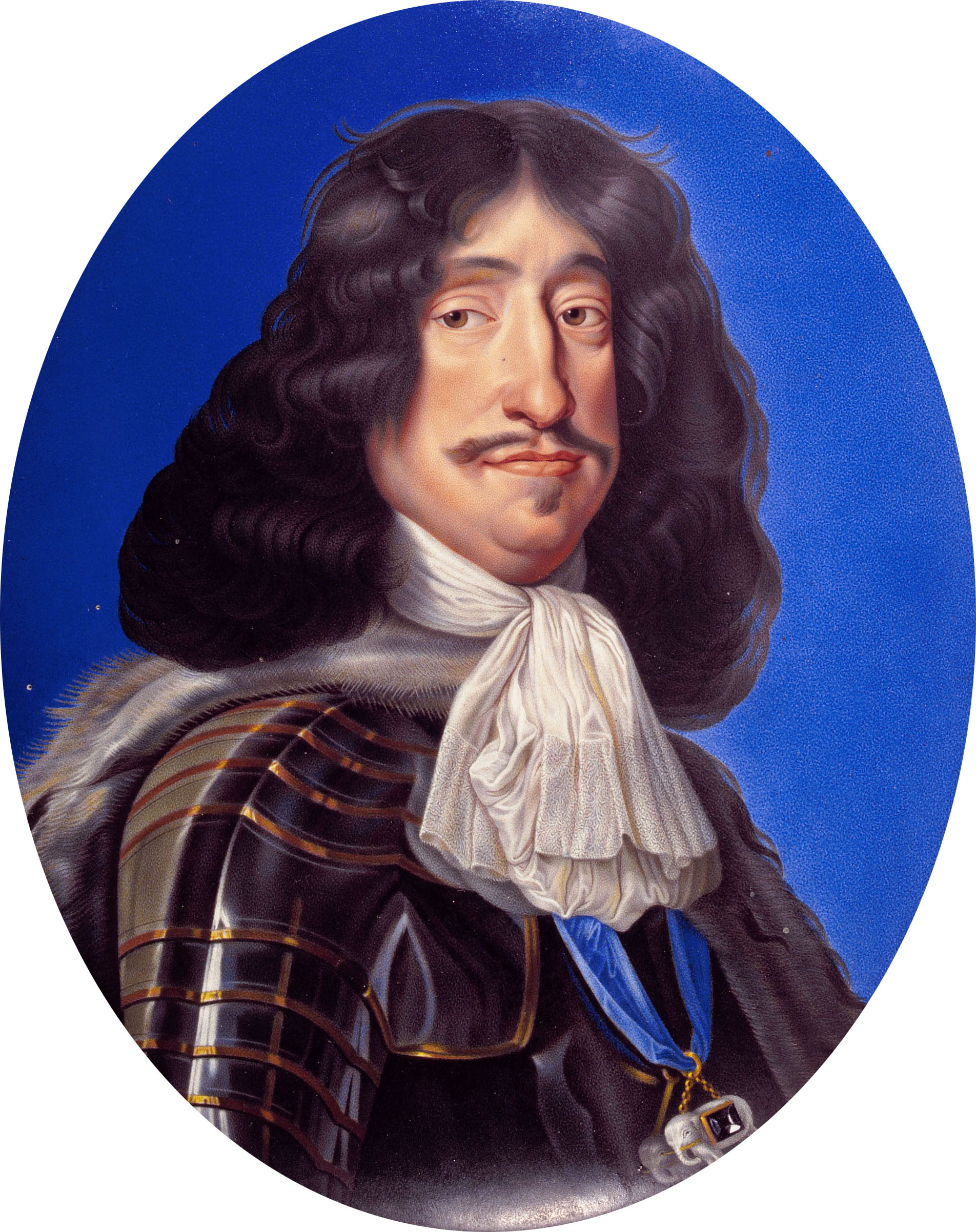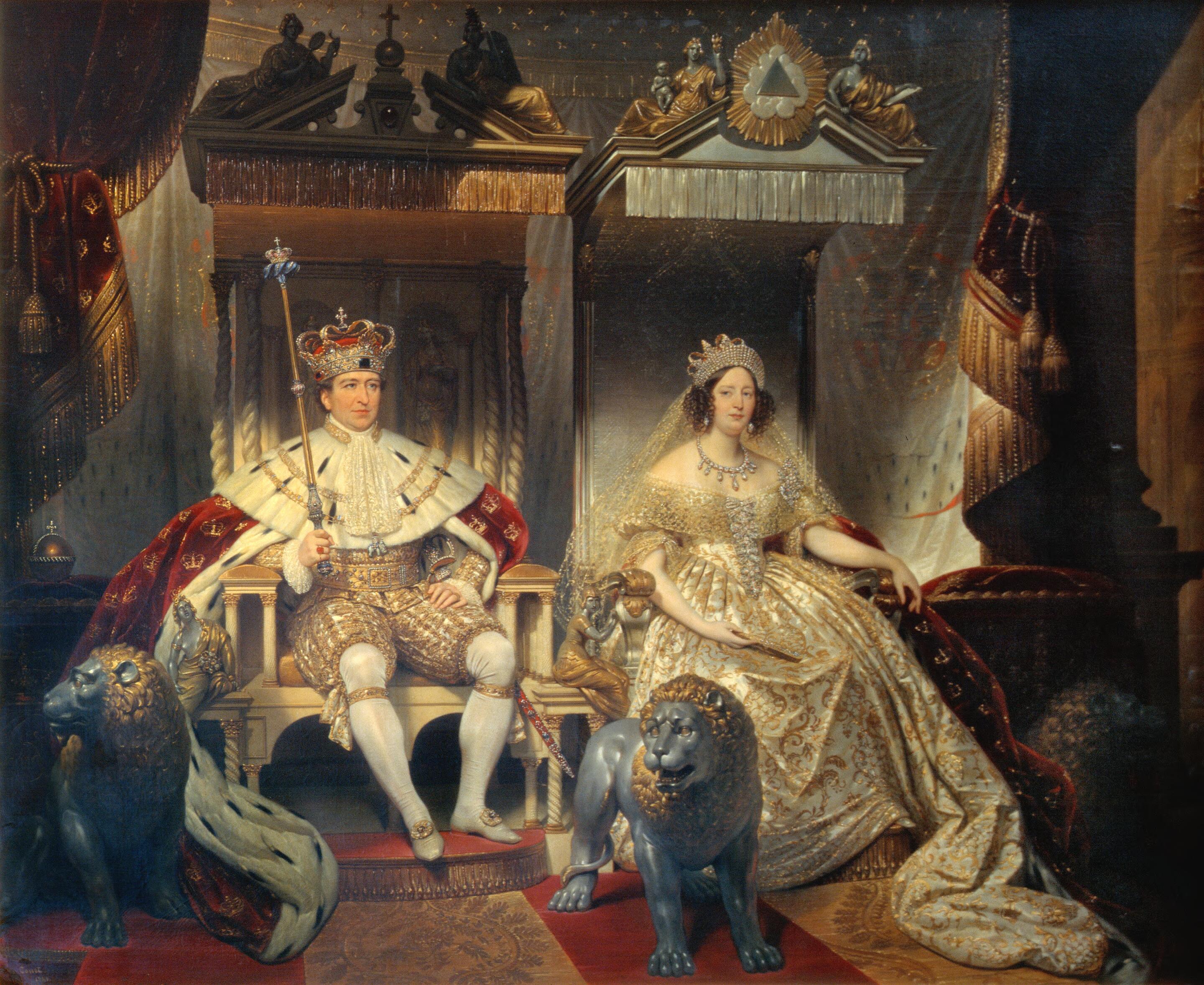|
King's Law
The King's Law () or ''Lex Regia'' () (also called the Danish Royal Law of 1665) was the absolutist constitution of Denmark and Norway from 1665 until 1849 and 1814, respectively. It established complete hereditary (agnatic-cognatic primogeniture) and absolute monarchy and formalized the king's absolute power, and is regarded the most sovereign form of all the European expressions of absolutism. Danish professor in legal history of the University of Copenhagen, Jens Chr. V. Johansen, asserts that with Europe's least circumscribed form of absolutism, Denmark "may be considered the most absolute of all the absolute European monarchies". It is the only formal constitution of any absolute monarchy, and has therefore been the subject of considerable historical and academic attention. The King's Law comprises 40 articles and is divided into seven main chapters. Articles 1 to 7 determine the royal absolute power, and the following articles contain rules on the king's authority and gu ... [...More Info...] [...Related Items...] OR: [Wikipedia] [Google] [Baidu] |
Absolutism (European History)
''Absolutism'' or the ''Age of Absolutism'' ( – ) is a historiographical term used to describe a form of monarchical power that is unrestrained by all other institutions, such as churches, legislatures, or social elites. Absolutism is typically used in conjunction with some European monarchs during the transition from feudalism to capitalism, and monarchs described as ''absolute'' can especially be found in the 16th century through the 19th century. Absolutism is characterized by the ending of feudal partitioning, consolidation of power with the monarch, rise of state power, unification of the state laws, and a decrease in the influence of the Church and the nobility. Absolute monarchs are also associated with the rise of professional standing armies, professional bureaucracies, the codification of state laws, and the rise of ideologies that justify the absolutist monarchy. Absolutist monarchs typically were considered to have the divine right of kings as a cornerstone of ... [...More Info...] [...Related Items...] OR: [Wikipedia] [Google] [Baidu] |
Treasury
A treasury is either *A government department related to finance and taxation, a finance ministry. *A place or location where treasure, such as currency or precious items are kept. These can be state or royal property, church treasure or in private ownership. The head of a treasury is typically known as a treasurer. This position may not necessarily have the final control over the actions of the treasury, particularly if they are not an elected representative. The adjective for a treasury is normally treasurial. The adjective "tresorial" can also be used, but this normally means pertaining to a ''treasurer''. History The earliest found artefacts made of silver and gold are from Lake Varna in Bulgaria dated 4250–4000 BC, the earliest of copper are dated 9000–7000 BC. The term ''treasury'' was first used in Classical times to describe the votive buildings erected to house gifts to the gods, such as the Siphnian Treasury in Delphi or many similar buildings erected in ... [...More Info...] [...Related Items...] OR: [Wikipedia] [Google] [Baidu] |
Margrethe II Of Denmark
Margrethe II (; Margrethe Alexandrine Þórhildur Ingrid, born 16 April 1940) is Queen of Denmark. Having reigned as Denmark's monarch for over 50 years, she is Europe's longest-serving current head of state and the world's only incumbent female monarch following the death of Elizabeth II of the United Kingdom. Born into the House of Glücksburg, a cadet branch of the House of Oldenburg, Margrethe is the eldest child of Frederick IX of Denmark and Ingrid of Sweden. She became heir presumptive to her father in 1953, when a constitutional amendment allowed women to inherit the throne. Margrethe succeeded her father upon his death on 14 January 1972. On her accession, she became the first female monarch of Denmark since Margrethe I, ruler of the Scandinavian kingdoms in 1375–1412 during the Kalmar Union. In 1967, she married Henri de Laborde de Monpezat, with whom she had two sons: Crown Prince Frederik and Prince Joachim. Margrethe is known for her strong archaeological pas ... [...More Info...] [...Related Items...] OR: [Wikipedia] [Google] [Baidu] |
Criminal Prosecution
A prosecutor is a legal representative of the prosecution in states with either the common law adversarial system or the Civil law (legal system), civil law inquisitorial system. The prosecution is the legal party responsible for presenting the case in a Criminal law, criminal jury trial, trial against an individual accused of breaking the law. Typically, the prosecutor represents the state or the government in the case brought against the accused person. Prosecutor as a legal professional Prosecutors are typically lawyers who possess a law degree, and are recognised as suitable legal professionals by the court in which they are acting. This may mean they have been Admission to the bar, admitted to the bar, or obtained a comparable qualification where available - such as Solicitor advocate, solicitor advocates in English law, England and Wales. They become involved in a criminal case once a suspect has been identified and Indictment, charges need to be filed. They are employe ... [...More Info...] [...Related Items...] OR: [Wikipedia] [Google] [Baidu] |
Succession To The Danish Throne
The Danish Act of Succession, adopted on 5 June 1953, restricts the throne to those descended from Christian X and his wife, Alexandrine of Mecklenburg-Schwerin, through approved marriages. Succession is by a change in the law in 2009 governed by absolute primogeniture. Law of succession Dynasts lose their right to the throne if they marry without the permission of the monarch, to be given in the Council of State. Individuals born to unmarried dynasts or to former dynasts who married without royal permission, and their descendants, are excluded from the throne. Further, when approving a marriage, the monarch can impose conditions that must be met in order for any resulting offspring to have succession rights. If there is no eligible person(s) to inherit the throne, the Danish Parliament (the Folketing) has the right to elect a new monarch and determine a line of succession. Line of succession People in the line of succession are listed with a number signifying their place in the ... [...More Info...] [...Related Items...] OR: [Wikipedia] [Google] [Baidu] |
List Of Princesses Of Denmark ...
This is a list of Danish princesses from the establishment of hereditary monarchy by Frederick III in 1648. Individuals holding the title of princess would usually also be styled " Her Royal Highness" (HRH) or "Her Highness" (HH). List of Danish princesses since 1648 References {{Danish princesses Danish princesses Danish monarchy Princesses Princess is a regal rank and the feminine equivalent of prince (from Latin ''princeps'', meaning principal citizen). Most often, the term has been used for the consort of a prince, or for the daughter of a king or prince. Princess as a subst ... [...More Info...] [...Related Items...] OR: [Wikipedia] [Google] [Baidu] |
List Of Princes Of Denmark ...
This is a list of Danish princes from the establishment of hereditary monarchy by Frederick III in 1648. Individuals holding the title of prince would usually also be styled "His Royal Highness" (HRH) or "His Highness" (HH). List of Danish princes since 1648 References {{Danish princes Danish princes Danish monarchy Princes A prince is a male ruler (ranked below a king, grand prince, and grand duke) or a male member of a monarch's or former monarch's family. ''Prince'' is also a title of nobility (often highest), often hereditary title, hereditary, in some Euro ... [...More Info...] [...Related Items...] OR: [Wikipedia] [Google] [Baidu] |
Coronation Of The Danish Monarch
The coronation of the Danish monarch was a religious ceremony in which the accession of the Danish monarch was marked by a coronation ceremony. It was held in various forms from 1170 to 1840, mostly in Lund Cathedral in Lund, St. Mary's Cathedral in Copenhagen and in the chapel of Frederiksborg Palace in Hillerød. Enthronements of the Danish monarch may be historically divided into three distinct types of rituals: the medieval coronation, which existed during the period of elective monarchy; the anointing ritual, which replaced coronation with the introduction of absolute monarchy in 1660; and finally the simple proclamation, which has been used since the introduction of the constitutional monarchy in 1849. Coronations of the elective monarchy Historically an elective monarchy, the Danish kings had been elected and acclaimed at the Thing assemblies; this continued even after the tradition of coronations began. Ultimately, the acclamation rite only ceased with the introductio ... [...More Info...] [...Related Items...] OR: [Wikipedia] [Google] [Baidu] |
Regent
A regent (from Latin : ruling, governing) is a person appointed to govern a state '' pro tempore'' (Latin: 'for the time being') because the monarch is a minor, absent, incapacitated or unable to discharge the powers and duties of the monarchy, or the throne is vacant and the new monarch has not yet been determined. One variation is in the Monarchy of Liechtenstein, where a competent monarch may choose to assign regency to their of-age heir, handing over the majority of their responsibilities to prepare the heir for future succession. The rule of a regent or regents is called a regency. A regent or regency council may be formed ''ad hoc'' or in accordance with a constitutional rule. ''Regent'' is sometimes a formal title granted to a monarch's most trusted advisor or personal assistant. If the regent is holding their position due to their position in the line of succession, the compound term '' prince regent'' is often used; if the regent of a minor is their mother, she would b ... [...More Info...] [...Related Items...] OR: [Wikipedia] [Google] [Baidu] |
Academy
An academy ( Attic Greek: Ἀκαδήμεια; Koine Greek Ἀκαδημία) is an institution of secondary or tertiary higher learning (and generally also research or honorary membership). The name traces back to Plato's school of philosophy, founded approximately 385 BC at Akademia, a sanctuary of Athena, the goddess of wisdom and skill, north of Athens, Greece. Etymology The word comes from the ''Academy'' in ancient Greece, which derives from the Athenian hero, '' Akademos''. Outside the city walls of Athens, the gymnasium was made famous by Plato as a center of learning. The sacred space, dedicated to the goddess of wisdom, Athena, had formerly been an olive grove, hence the expression "the groves of Academe". In these gardens, the philosopher Plato conversed with followers. Plato developed his sessions into a method of teaching philosophy and in 387 BC, established what is known today as the Old Academy. By extension, ''academia'' has come to mean the accumulatio ... [...More Info...] [...Related Items...] OR: [Wikipedia] [Google] [Baidu] |
History
History (derived ) is the systematic study and the documentation of the human activity. The time period of event before the History of writing#Inventions of writing, invention of writing systems is considered prehistory. "History" is an umbrella term comprising past events as well as the memory, discovery, collection, organization, presentation, and interpretation of these events. Historians seek knowledge of the past using historical sources such as written documents, oral accounts, art and material artifacts, and ecological markers. History is not complete and still has debatable mysteries. History is also an Discipline (academia), academic discipline which uses narrative to describe, examine, question, and analyze past events, and investigate their patterns of cause and effect. Historians often debate which narrative best explains an event, as well as the significance of different causes and effects. Historians also debate the historiography, nature of history as an end in ... [...More Info...] [...Related Items...] OR: [Wikipedia] [Google] [Baidu] |




.jpg)



.jpg)